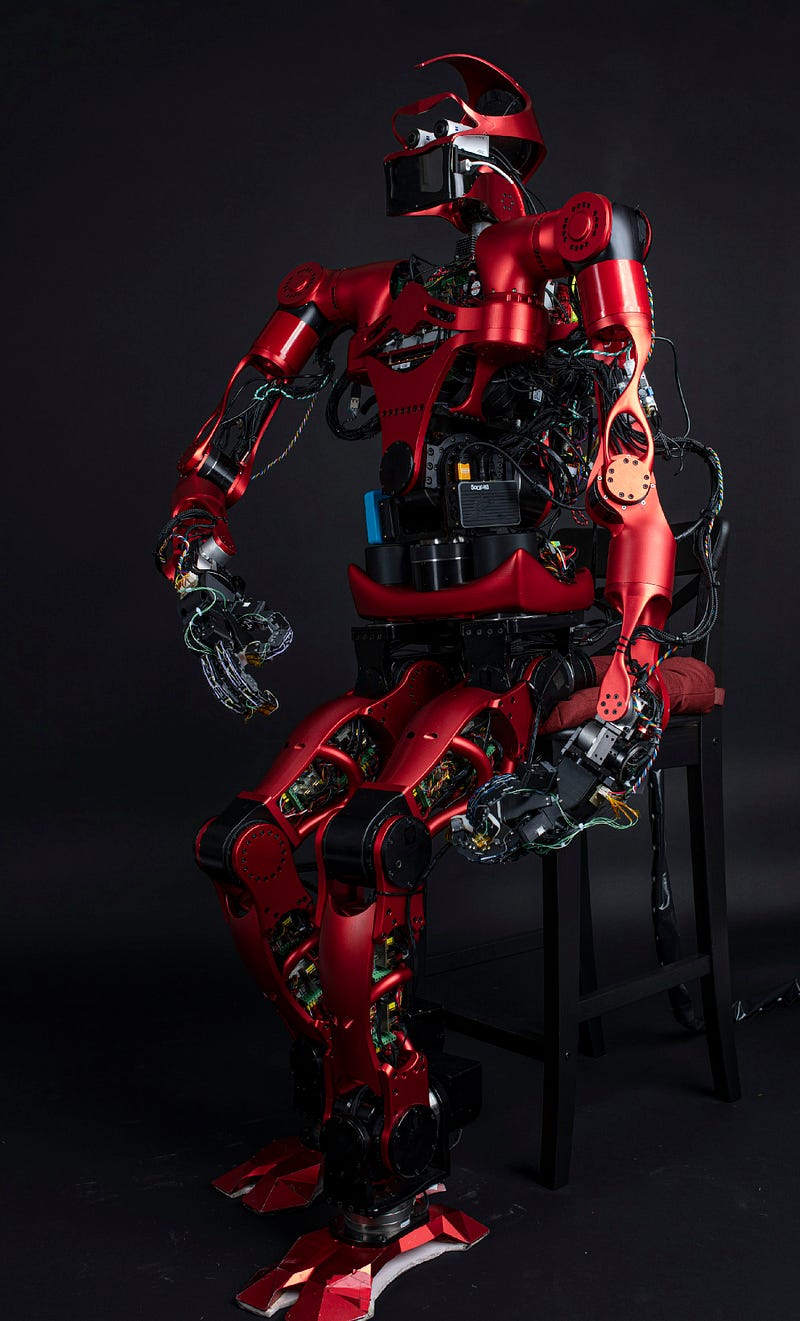Innovative AI Solutions to Combat Mass Shootings Effectively
Written on
Chapter 1: The Growing Threat of Mass Shootings
Mass shootings have increasingly become a distressing reality in various parts of the West. Individuals, including those grappling with mental health challenges, are armed with firearms, knives, and other weapons, leading to tragic incidents in crowded spaces. A recent example is the mass shooting at the Kansas City parade, which left twenty-two civilians in critical condition.

Photo by Mathew Schwartz on Unsplash
The safety of society, particularly for children, is increasingly under threat. While many have proposed measures such as limiting civilian access to firearms, these suggestions often face backlash as perceived infringements on Second Amendment rights. In light of these alarming trends, I propose two solutions, with the first detailed here and the second to follow in an upcoming article. My primary suggestion? The integration of AI.
Section 1.1: AI's Role in Enhancing Security
Artificial intelligence has made significant strides, with tech companies striving to incorporate AI into hardware systems. Whether investing millions in humanoid robotics, like those developed by Boston Dynamics, or collaborating with researchers to create advanced wearable exoskeletons, the rapid evolution of AI technology is noteworthy. Despite concerns surrounding artificial intelligence, it may serve as a critical tool for safeguarding against mass shootings.
Subsection 1.1.1: Introducing the AI-Powered Exoskeleton
I envision a concept I refer to as the "terminator." This exoskeleton, designed for law enforcement officers, would be equipped with two automated firearms and possess processing capabilities that allow it to react in less than a millisecond. This technology aims to neutralize threats before any harm can be inflicted.
In a hypothetical scenario where an officer encounters a mass shooter, sensors integrated into the exoskeleton would swiftly locate the weapon in the perpetrator's hand. Before the shooter can pull the trigger, the AI-controlled firearms would fire a specialized bullet aimed at the shooter's hand, compelling the attacker to drop their weapon and surrender.
Some may view this method as extreme; however, I believe it is a necessary measure to prevent further casualties. If officers delay taking action, unarmed individuals are at increased risk, resulting in more injuries and fatalities.
Section 1.2: The Benefits of AI in Crisis Situations
Without the assistance of such innovative technology, police officers might find themselves in life-threatening standoffs, where the outcome could be fatal for the shooter. The precision of AI in this context allows for targeted action that could incapacitate the shooter without risking collateral damage to vital areas, thereby saving lives and facilitating justice.
Chapter 2: The Future of AI in Public Safety
As I continue to develop my second idea, I am convinced that the first proposal is highly feasible and could revolutionize public safety.
The first video, "Schools install AI gun detection system to help prevent mass shootings | Nightline," explores how educational institutions are adopting AI technology to enhance security measures and reduce the risk of violent incidents.
The second video, "Schools across the nation looking into AI to boost security, prevent mass shootings," discusses nationwide initiatives to implement AI in schools as a proactive strategy to bolster security and protect students.
Everyone has the potential to achieve greatness if they start pursuing it early. Don't repeat the mistakes I made.
Stay updated with my newsletter for inspiring stories from the fields of innovation and technology. I encourage you to join the conversation in the comment section, where discussions thrive. If you'd like to support my work, feel free to visit my Ko-fi page.